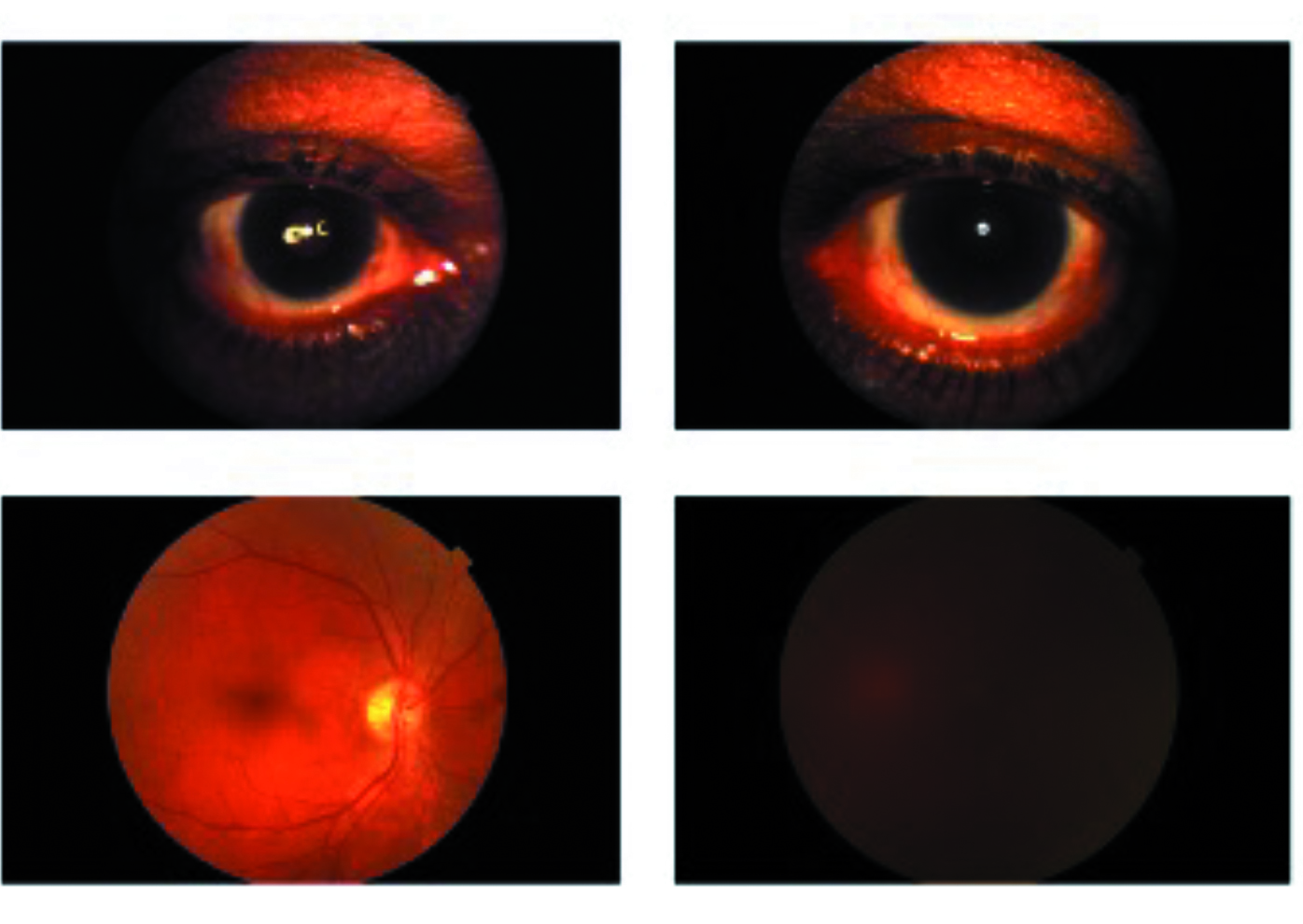Automating Cataract Detection and Care Decisions
AI algorithms for image analysis hold promise for the future. Cheryl Guttman Krader reports.

Roibeard O’hEineachain
Published: Wednesday, June 30, 2021
 Image caption:
Figure 1 Retinal imaging used for automatic detection of diabetic retinopathy and cataract screening.
Image caption:
Figure 1 Retinal imaging used for automatic detection of diabetic retinopathy and cataract screening.